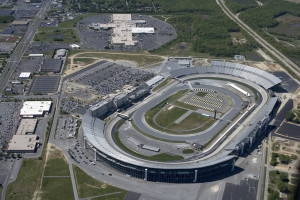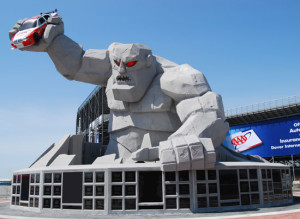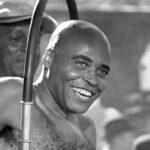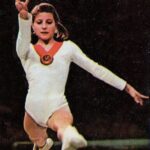A Brief History of the Dover International Speedway
Whether you’re a horseracing fan, a NASCAR fan, or a fan of both, there’s just something special about Dover Downs. Affectionately nicknamed, “The Monster Mile,” the Dover International Speedway has been home to at least two NASCAR races a year since 1969.
This track isn’t one of those that began just as a horseracing course later retrofitted to accommodate auto racing. From the very beginning, Dover Downs was built for both horse and auto racing. Its NASCAR history began with a bang, as the first race – known as the Mason-Dixon 300 – was won by none other than Richard Petty.
NASCAR Niche
It quickly became clear NASCAR was the biggest auto racing draw to the track, so beginning in 1971, the Dover International Speedway did away with all auto races that were not NASCAR sanctioned. This meant all the attention at Dover was now on the two 500-mile NASCAR Sprint Cup Series races.
And though Richard Petty had the first win on the track, Jimmie Johnson is the one who really seems to own the place. He has had 9 wins there. Mark Martin could also make a viable claim of supremacy at the Monster Mile as well, as he has had the most top-five finishes with 23, and the most top-ten finishes as well, with 31.
Expansions and Improvements
Around the time Dover decided to focus on NASCAR, there were 10,333 seats in the grandstands at the course. They added 3,200 seats to this total in 1986, but even that addition seems paltry compared to the changes that came in 2001. In that year, Dover increased their seating capacity to an astounding 135,000 seats. That’s bigger than any college football stadium in the country and also happens to be the biggest of any mid-Atlantic sports stadium of any kind.
Clearly, though, the people at the Dover International Speedway care more about the fans having a good experience than chasing after some seating capacity numbers. In 2011, they decided to replace their 18 inch wide seats with 22 inch wide ones. The move reduced the seating capacity down to around 113,000 seats, but those with larger backsides are grateful for the change.
Monster Manufacturing
The changes didn’t just stop there, though. They also changed the track from asphalt to concrete, which is important, even though it seems kind of boring compared to some of the other changes — like the Monster Bridge, for instance. The Monster Bridge is just as over the top as the name suggests: it is a glass-enclosed marvel of engineering that spans the track’s third turn. Fans who are lucky enough to get seats in the Monster Bridge experience a NASCAR race from a truly unique angle that was previously only available to birds, blimps and helicopters.
Another incredible addition to the speedway was the now iconic Monster Monument. What is this forty-foot-tall statue memorializing? It’s hard to tell, but it’s also hard to find someone who isn’t impressed by this massive, 4-story tall, red-eyed monster clutching a stock car. Called “Miles the Monster,” the statue represents the track’s mascot, who–if you’re a little slow picking up on these kinds of things–gets his name from the track’s nickname, “The Monster Mile.”
Check out more auto-news at Scott’s blog, Offthethrottle.com















